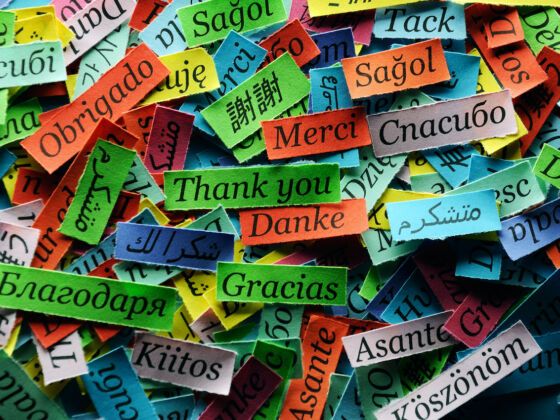We’ve written before about the best language to learn based on a number of different criteria. The verdict was French which, as a Romance language, is relatively easy for English speakers. (We stress the word ‘relatively’ because all language learning takes effort.)
Some of the most interesting data in the article comes from the Foreign Service Institute (FSI) at the US Department of State. The FSI trains diplomats in language learning and maintains an internal ranking of language difficulty (specifically, how long it would take a native English speaker to reach proficiency). Here, we examine 10 of the hardest languages to learn based on FSI rankings.
Before we begin, we’d like to note that no list like this can be 100% accurate as language learning is subjective. Difficulty levels can vary based on an individual’s memory capacity, dedication, and motivation. In short, do not let this list discourage you.
